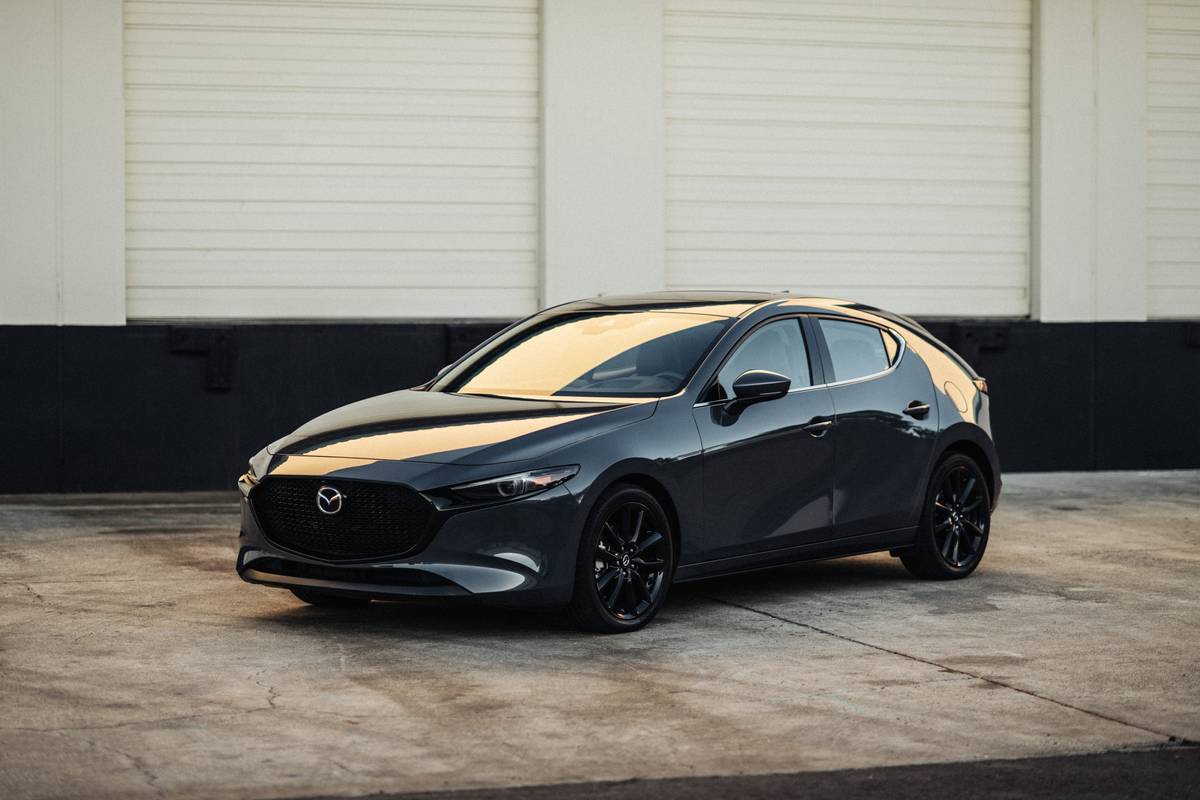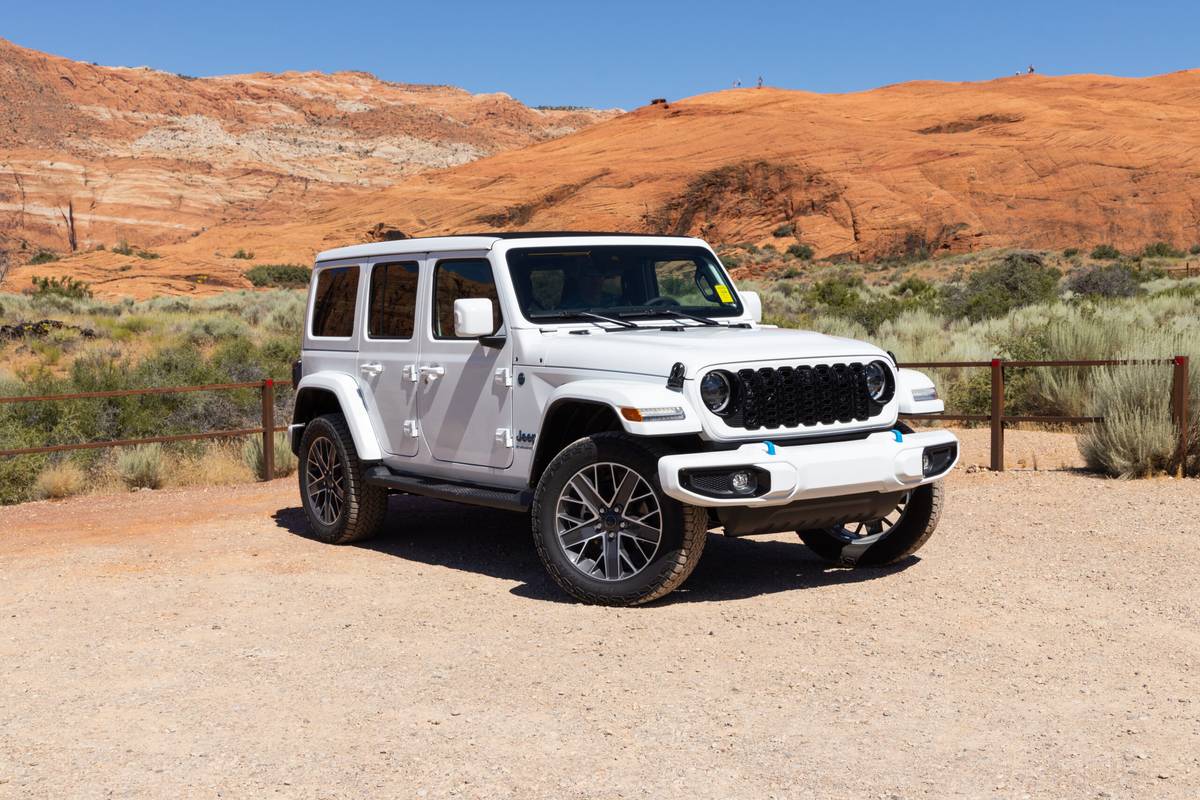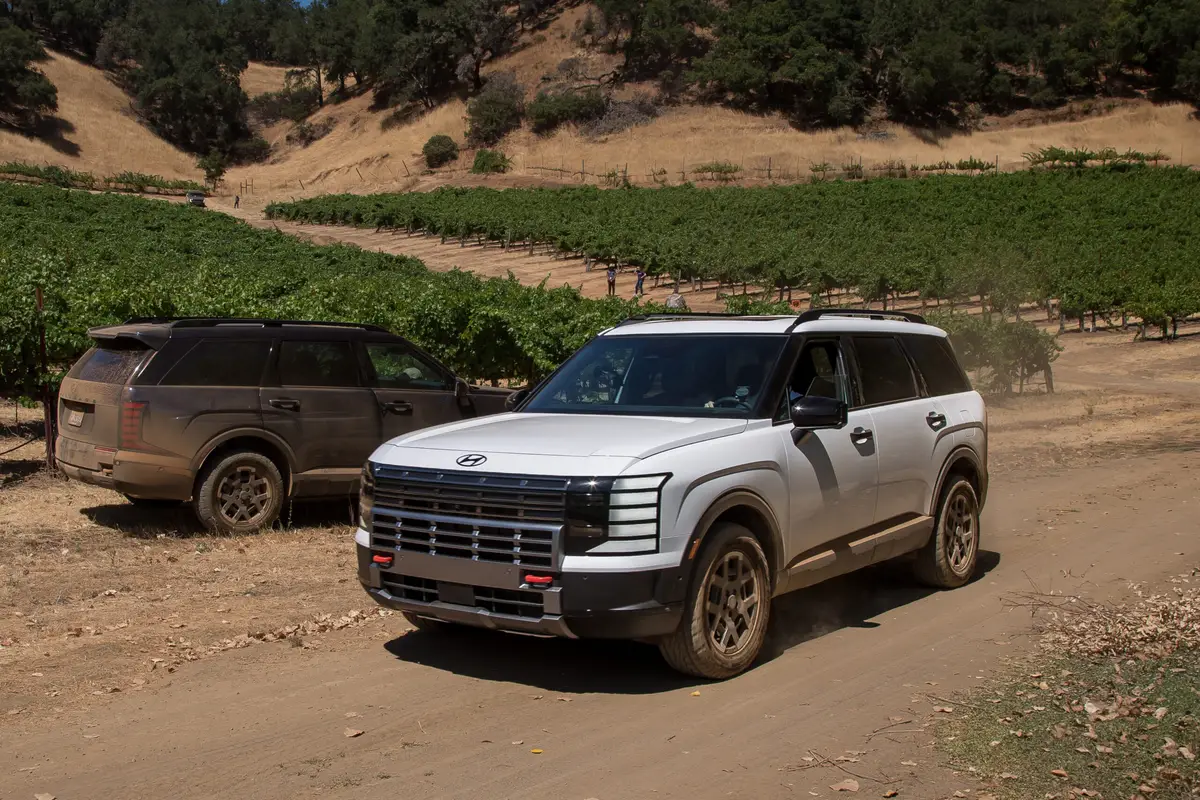Star-Telegram.com's view
Saab, the Swedish automaker known for its quirky, fun-to-drive cars and convertibles, has finally entered the sport utility market.
The company’s first SUV, called the 9-7X, went on sale last spring, and has returned this year with a few improvements, including boosts in power for both of its engines.
This first SUV was a bit late in coming, considering that Saab’s biggest rival, Volvo, introduced its first sport utility three years ago.
And for longtime Saab fans, the 9-7X may be something of a disappointment: It isn’t really a Saab; it’s yet another version of the midsize General Motors sport utility platform that includes models such as the Chevrolet TrailBlazer, GMC Envoy, Buick Rainier and Isuzu Ascender.
But Saab, a wholly owned subsidiary of GM, did get to put its stamp on the 9-7X, and this is arguably the best version yet created of GM’s midsize SUV architecture.
The engines offered in the 9-7X are the same all-aluminum powerplants used in other versions of this SUV. The base engine is a 291-horsepower, 4.2-liter inline six-cylinder, which last year was rated at 275 horsepower. The uplevel 9-7X model, which we tested, comes with a 5.3-liter V-8, rated at 300 horsepower for 2006 — up from 290 last year.
In keeping with Saab’s upscale reputation, the 9-7X is quite well-equipped, with such standard amenities as leather seats, 18-inch aluminum-alloy wheels and all-wheel drive.
The base model, with the inline six-cylinder, begins at $38,520 (plus $720 freight), while the top model, with the V-8, is $40,520 plus freight. It comes with everything, so there are no options to add. These prices put the 9-7X in direct competition with vehicles such as the Volkswagen Touareg, Acura MDX and Mercedes M-class.
For 2006, displacement-on-demand technology is standard in the V-8 models, allowing for EPA fuel-economy ratings of 15 miles per gallon in the city and 20 on the highway — up from 19 on the highway last year. This system cuts out half of the engine’s cylinders to save gasoline while cruising at highway speeds.
GM says the 9-7X “is a key part of the most aggressive product development program” in Saab’s history. Not nearly as well-known as Swedish rival Volvo, and with no particular identity among consumers as Volvo’s reputation for safety, Saab has been struggling since GM purchased the company in the late ’90s.
The 9-7X is aimed at the mid-luxury SUV segment, whose sales totals increased from 220,000 in 2000 to 483,000 in 2004, GM says. Sales are expected to climb to nearly 850,000 in 2010.
The 9-7X, as basically a rebadged, upscale version of the other midsize GM sport utilities, is intended only as a stopgap vehicle until a new crossover model shows up to replace it in another couple of years. However, that one, too, will be a platform shared with other GM brands.
Why create a Saab sport utility from an existing GM platform? The cost of starting from scratch would have been prohibitive, especially considering that the company expects to sell only about 40,000 of these each year. Ford can afford to create an SUV like the
Explorer from scratch when it’s expected to sell half-a-million of them a year, but with a niche vehicle such as the 9-7X, that’s out of the question.
But dealers desperately wanted an SUV bearing the Saab name to offer their customers. GM’s market research as it began to develop the 9-7X about three years ago showed that 39 percent of Saab owners in the United States had an SUV in the household, and almost 30 percent of Saab customers who were buying something new other than a Saab were purchasing four-door SUVs.
Saab has been quite successful of late, thanks to its all-new 9-3 sport sedan, introduced in fall 2002. A convertible version of the 9-3 was rolled out two years ago, and the new entry-level 9-2X went on sale for 2005.
Typically, Saab customers are a different sort, considered to be quite specific and particular about what they drive. They especially enjoy the performance aspects of Saab products that are absent in many other comparably priced premium cars.
To that end, GM has been able to differentiate the 9-7X from the other GM SUVs built on the same chassis.
Unlike the current trend toward car-based crossover SUVs, such as the Volvo XC90, Lexus RX 330 and Acura MDX, the Saab 9-7X is on a truck chassis, placing it in direct competition with such vehicles as the Touareg, M-class, BMW X5, and Lexus GX 470.
Some consumers might consider the use of a truck chassis to be a negative, but I don’t. Having the traditional body-on-frame SUV arrangement makes the 9-7X sturdier and more tough than the car-based SUV-wannabes, and in the case of the 9-7X, there really is no trade-off in refinement or ride. This is an outstanding premium sport utility with carlike ride and amenities, yet with the ruggedness than a body-on-frame arrangement affords.
Key features include a Saab signature three-port grille, rear quarter windows that appear to wrap around the rear pillars, and distinctive wheels.
The interior is more refined than that of the TrailBlazer, and is quite driver-oriented, with instruments and controls angled toward the driver.
And yes, the ignition switch has been moved from the steering column to a spot between the driver and front passenger, just as it is in all other Saabs. This I could have done without, however. That particular spot is where I like to put my cell phone, but with the ignition switch in the way, I couldn’t do that in the 9-7X.
The 9-7X comes with a tuned double A-arm front suspension with coil springs, and a five-link, electronically controlled rear air suspension. Its P255/55R18 high-performance all-season radial tires were developed by Dunlop just for the 9-7X.
Both models — the six-cylinder and the V-8 — come with full-time all-wheel-drive, the same system used in the Rainier. Traction and handling are enhanced by a limited-slip rear differential. A four-speed automatic transmission is standard, along with four-wheel antilock disc brakes. Safety features include dual-stage front air bags with a front-passenger sensing system; a rollover sensing system that deploys side-curtain air bags; front seat-belt pretensioners with load limiters; and a front seat-belt buckle-up reminder.
This is a regular-length version of the TrailBlazer/Envoy, which means it has no third seat. The vehicle can seat up to five. GM gave no reason why Saab didn’t get the seven-passenger version. The cargo area behind the rear seat has 41 cubic feet of space, but that expands to 80 cubic feet with the rear seat folded down. A 60/40-split rear seat is standard in all models, as is a trailer hitch receiver and hitch receiver cover.
Saab says the maximum towing capacity when equipped with the V-8 engine is 6,500 pounds; with the inline six, it’s 5,500 pounds.
Other features included in the $40,520 price of our V-8 test model were a rear air suspension, OnStar system, front fog lights, roof rails, a full-size spare tire (a rarity these days), heated front seats with eight-way power adjustment, power/heated outside mirrors with turn indicators, cruise control, power windows and door locks with remote control, power moon roof, power-adjustable pedals, Bose premium audio system with six-disc CD changer and XM satellite radio, xenon headlights, automatic climate control, electronic compass, and steering-wheel audio controls.
One plus over buying a similar model from the Buick, Chevrolet or GMC lines is the Saab basic warranty, which is four years/50,000 miles, compared with three years/36,000 miles for the others.
G. Chambers Williams III is staff automotive columnist for the San Antonio Express-News and former transportation writer for the Star-Telegram. His automotive columns have appeared regularly in the Star-Telegram since 1995. Contact him at (210) 250-3236; chambers@star-telegram.com.
– – –
2006 Saab 9-7X
The package: Midsize, five-door, five-passenger, all-wheel-drive, inline six-cylinder or V-8 powered, premium sport-utility vehicle.
Highlights: Saab’s owner, General Motors, developed this vehicle from its midsize SUV platform to create the first Saab-branded sport utility vehicle. It is the same as the Chevrolet TrailBlazer/GMC Envoy/Buick Rainier/Isuzu Ascender, but with slightly different exterior styling, a more-upscale interior and Saab badging.
Negatives: No seven-passenger version offered.
Engines: 4.2-liter inline six; 5.3-liter V-8
Transmission: 4-speed automatic
Power/torque: 291 HP/277 foot-pounds (six cylinder); 300 HP/330 foot-pounds (V-8)
Length: 193.2 inches
Curb weight: 4,770-4,781 pounds
Trailer-towing capacity: 5,500 (I-6); 6,500 (V-8)
Brakes, front/rear: Disc/disc, antilock
EPA fuel economy: 15 miles per gallon city/21 highway (I-6); 15 city/20 highway (V-8)
Fuel capacity/type: 22 gallons/regular unleaded
Major competitors: Acura MDX, Lexus GX 470, GMC Envoy Denali, Toyota 4Runner Limited, Mercedes-Benz M-class
Base price range: $38,520-$40,520 plus $720 freight
Price as tested: $$41,240, including freight (V-8)
On the Road rating: ***** (five stars out of a possible five)
Prices shown are manufacturer’s suggested retail; actual selling price may vary.
Latest news



